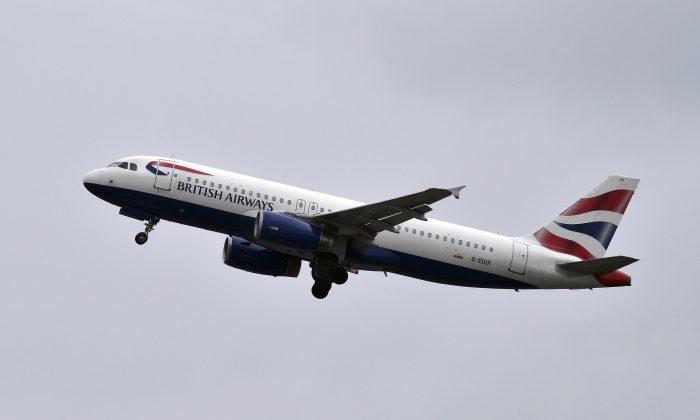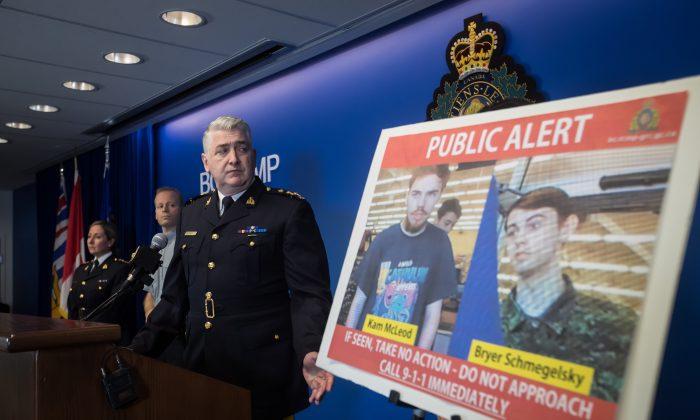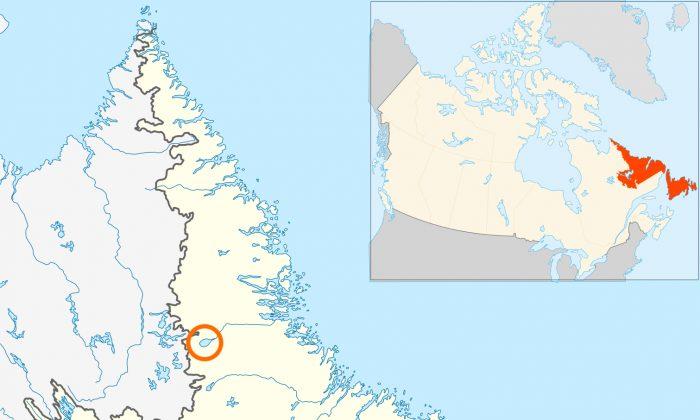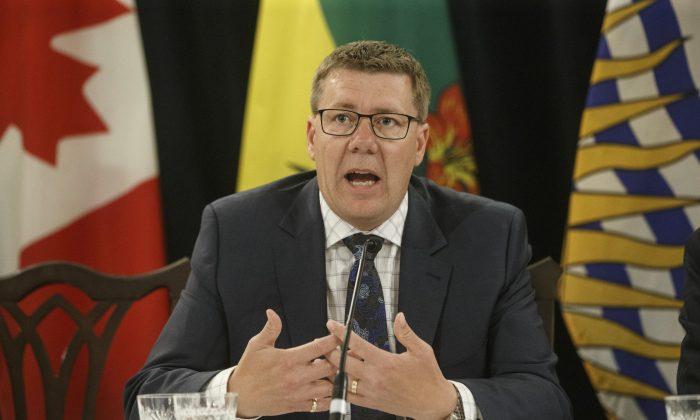British Airways representatives issued an apology after passengers panicked during one of its flights, during which oxygen masks were accidentally dropped mid-flight with an announcement that said it was “not a drill.”
On Sunday, flight BA16 was traveling from Singapore to London when, two hours into the flight, oxygen masks dropped.
“The media screens and lights turned off, followed by the masks falling down and an automated announcement telling us to put on our masks for oxygen,” he said of the event. “About 2-3 minutes after this, the cabin crew started to ignore the message, it was due to a technical error and they were in the process of a step by step reboot of systems.”
“One cabin crew member made a particularly striking reassurance of ‘we’ll make it’—great to hear—and even after all this panic, we had no apology or even an explanation from the captain to reassure us, even before we came into land.”
Webb says that, during the rest of the flight, there was no explanation from the captain on what had happened.
“It was very scary—even after we were told it was all fine I still wondered what else could go wrong thereafter, given we were only a couple of hours into the flight when it happened,” he said.
According to The Sun, Webb received an emailed statement from the airline, saying:
“We would like to apologize for the inadvertent oxygen mask deployment on your flight from Singapore and any distress or concern this may have caused. We would like to reassure you that safety is always our main priority and this was not compromised on this occasion. We trust that our flight and cabin crew dealt with this situation in a professional manner you would expect from us.”
A British Airways spokesperson told Sun Online Travel, “Our flight and cabin crew reassured customers after oxygen masks were deployed accidentally.”
Oxygen Masks
Pre-flight announcements and aircraft safety cards include a message warning passengers that, if cabin pressure drops, oxygen masks will deploy.Airplanes are pressurized to maintain a comfortable pressure inside the cabin of less than 10,000 feet, even though many commercial planes often fly at much higher altitudes.
The FAA says the most common causes of hypoxia in aviation are flying non-pressurized aircraft above 10,000 feet without supplemental oxygen, rapid decompression during flight, pressurization system malfunction, or oxygen system malfunction.
Flying with a pressurized plane or flying at an altitude where supplemental oxygen is not required helps prevent hypoxia.
Oxygen masks were deployed and 30 out of 166 passengers were rushed to a hospital for treatment.





